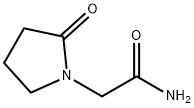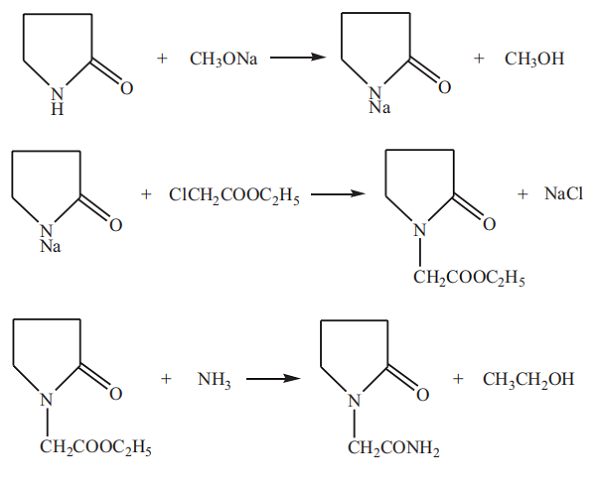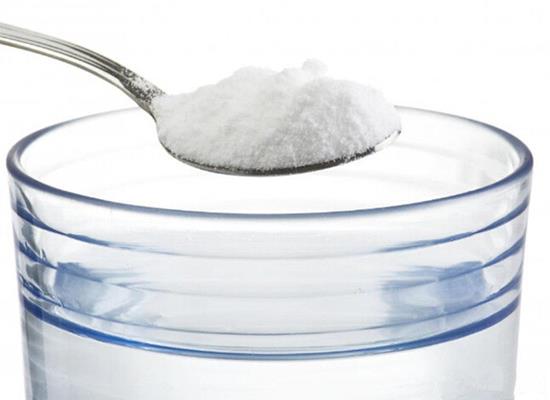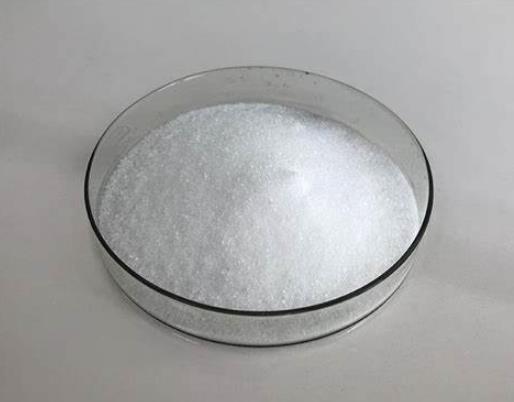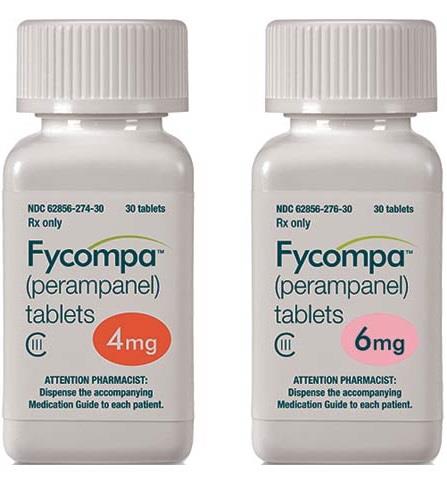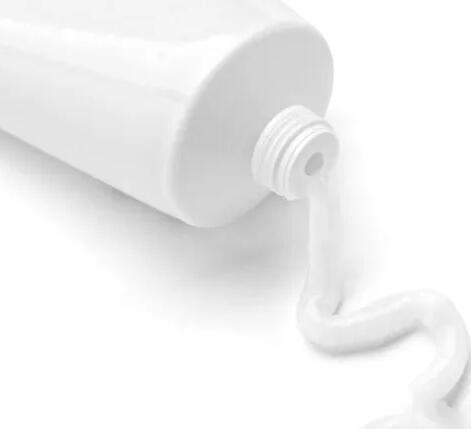Piracetam uses and mode of action
Piracetam is a cyclic derivative of the neurotransmitter gamma-aminobutyric acid(GABA), originally marketed in 1971 by UCB Pharma. It was the first “nootropic” drug, an agent that acts on cognitive function without causing sedation or stimulation. While the mechanisms of action of piracetam have yet to be fully elucidated, it influences neuronal and vascular functions.
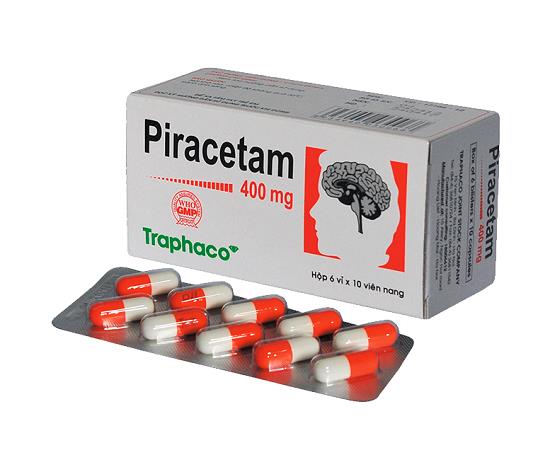
Furthermore, vascular effects are peripheral as well as central, meaning that the clinical benefit of piracetam goes beyond its nootropic features. Indeed, piracetam is now indicated for use in vertigo, dyslexia, cortical myoclonus and sickle cell anemia in addition to age-related cognitive disorders.
Uses of Piracetam
Piracetam has been available for over 40 years. Its efficacy has been recorded in cognitive disorders and dementia, vertigo, cortical myoclonus, dyslexia, and sickle cell anemia, however, the clinical application in these conditions is not yet established. Piracetam also has effects on the vascular system through reducing erythrocyte adhesion to vascular endothelium, hinder vasospasm and facilitate microcirculation.
Although piracetam is a derivative of GABA, its mechanism of action appears to be unrelated to the properties of this neurotransmitter. While the exact mode of action of piracetam is a matter of debate, there is increasing evidence that its underlying effect is to restore cell membrane fluidity. Cell membranes comprise a bilayer of lipid molecules interspersed with protein molecules. These membranes are fluid structures in which the molecules comprising the membrane can diffuse while maintaining this overall arrangement. Membrane fluidity is believed to be important for a number of activities including membrane transport, enzyme activity, chemical secretion, and receptor binding and stimulation.
Piracetam can have direct interaction with the membrane. The resultant mobile drug–lipid complexes are thought to induce the reorganization of lipids, which may influence membrane function and fluidity. Studies have also demonstrated that piracetam influences membrane fluidity, particularly when normal fluidity is compromised, as is often seen during aging.
Several in vitro studies have assessed fluidity during piracetam treatment using anisotropy of membrane-bound DPH[1,6-diphenyl-1,3,5-hexatriene]. Incubation with piracetam restored fluidity in brain membranes of elderly mice with diminished fluidity but had no effect on brain membranes of younger mice with normal fluidity. Similarly, in other studies using in vitro anisotropy techniques, fluidity was restored in the membranes of aged rat and aged human brains following incubation with piracetam. Similar effects were observed in hippocampal membranes from patients with Alzheimer’s disease.
Related articles And Qustion
See also
Lastest Price from Piracetam manufacturers

US $5.00-0.50/KG2025-05-07
- CAS:
- 7491-74-9
- Min. Order:
- 1KG
- Purity:
- 99% hplc
- Supply Ability:
- 500TONS

US $5.00-0.50/KG2025-05-07
- CAS:
- 7491-74-9
- Min. Order:
- 1KG
- Purity:
- 99% hplc
- Supply Ability:
- 500TONS
